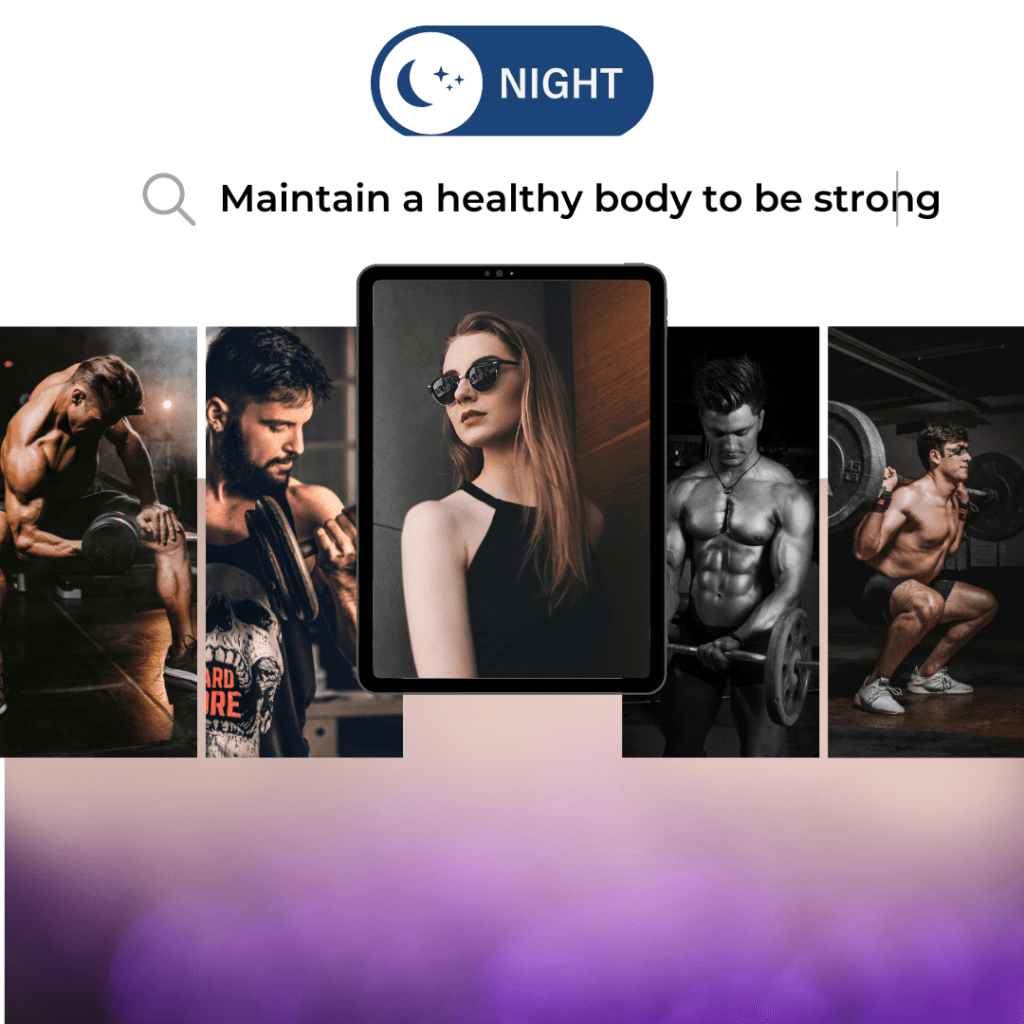Mobile app design is an ever-evolving field, and keeping up with the latest trends can significantly impact user experiences. Let’s dive into the fascinating world of mobile app design trends that are currently shaping interfaces and user experiences.
Mobile app design trends are constantly evolving to meet user expectations and technological advancements. In today’s fast-paced digital landscape, the design of mobile applications plays a pivotal role in attracting users and ensuring engagement. Let’s explore some of the latest design trends that are making waves:

1. Dark Mode
The advent of dark mode has been a game-changer in mobile app design. Dark-themed interfaces not only look sleek but also reduce eye strain and conserve battery life, making them immensely popular among users. Apps across various domains, from social media to productivity tools, have embraced this trend to offer users a visually appealing and comfortable experience, especially in low-light conditions.
2. Minimalistic Interfaces
Simplicity is key. Minimalistic design focuses on clean layouts, ample whitespace, and intuitive navigation, reducing clutter and distractions. This trend enhances user focus, making interactions smoother and more efficient. By decluttering interfaces and emphasizing essential elements, apps are delivering a more user-friendly experience.
3. Immersive and Interactive Design
Engagement is crucial, and immersive design elements like augmented reality (AR) and virtual reality (VR) are pushing boundaries in mobile app experiences. These technologies create interactive and captivating interfaces, offering users an entirely new level of engagement, especially in gaming, education, and retail applications.
4. Personalized User Experiences
Apps are now leveraging user data to offer personalized experiences. From tailored content recommendations to customized interfaces based on user behavior, personalization enhances user satisfaction and retention. Designing interfaces that adapt to individual preferences is a powerful trend in today’s mobile app landscape.
5. Gesture-Based Navigation
With the rise of bezel-less and edge-to-edge screens, gesture-based navigation has gained prominence. Users can navigate through apps using intuitive gestures like swiping, pinching, or tapping, providing a more natural and seamless interaction. This trend simplifies user journeys and contributes to a more fluid app experience.
6. Inclusive Design
Accessibility is a significant aspect of modern app design. Inclusive design focuses on creating apps that are accessible to users with diverse abilities and needs. Features like text-to-speech, voice commands, and adjustable font sizes ensure that everyone can use the app comfortably.
Mobile app design trends continue to evolve, driven by technological innovations and evolving user preferences. As designers and developers adapt to these trends, the focus remains on delivering engaging, user-centric experiences. By embracing concepts like dark mode, minimalism, interactivity, personalization, gesture-based navigation, and inclusivity, mobile app interfaces are becoming more intuitive, visually appealing, and accessible.
In this ever-changing landscape, staying updated with the latest trends while maintaining a user-first approach is crucial to creating mobile apps that stand out and provide exceptional experiences.
Remember, while these trends are significant, the key lies in understanding your audience and incorporating these elements thoughtfully to enhance the overall user experience.






